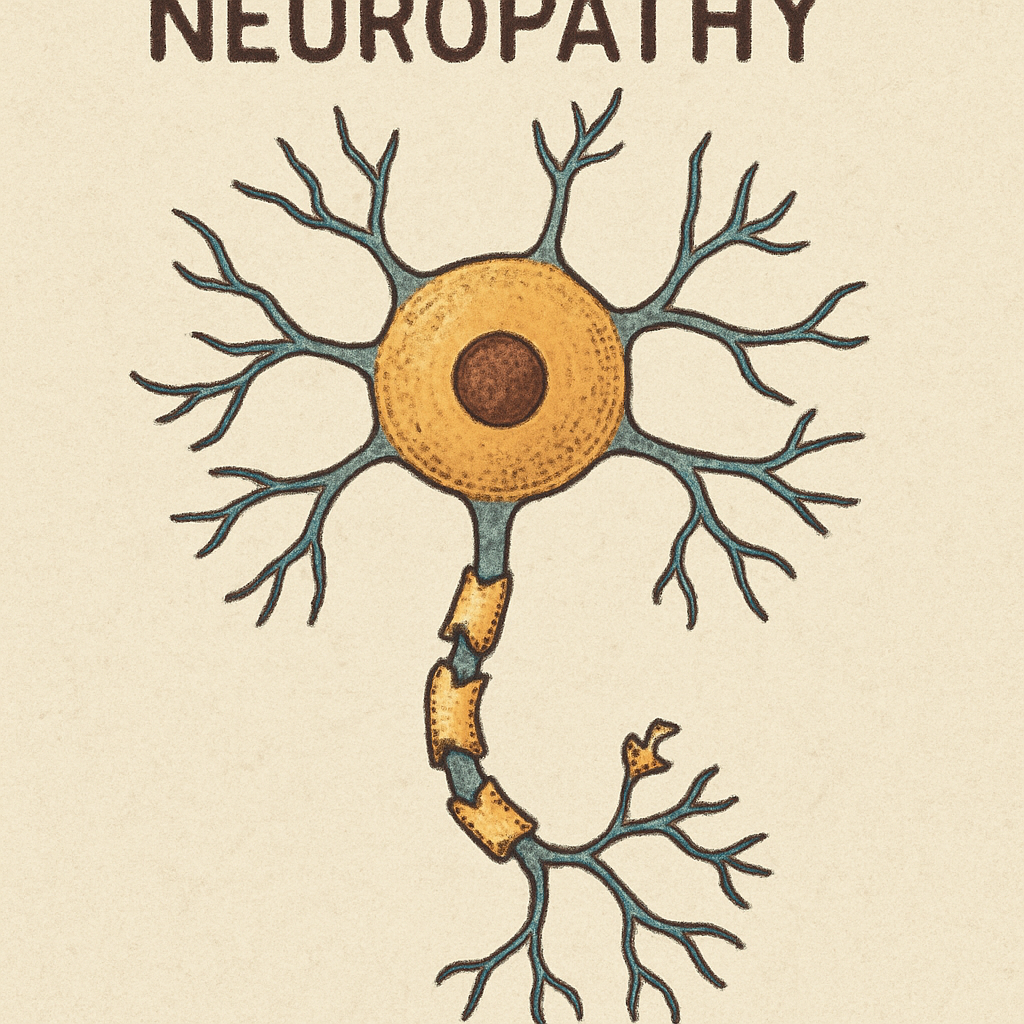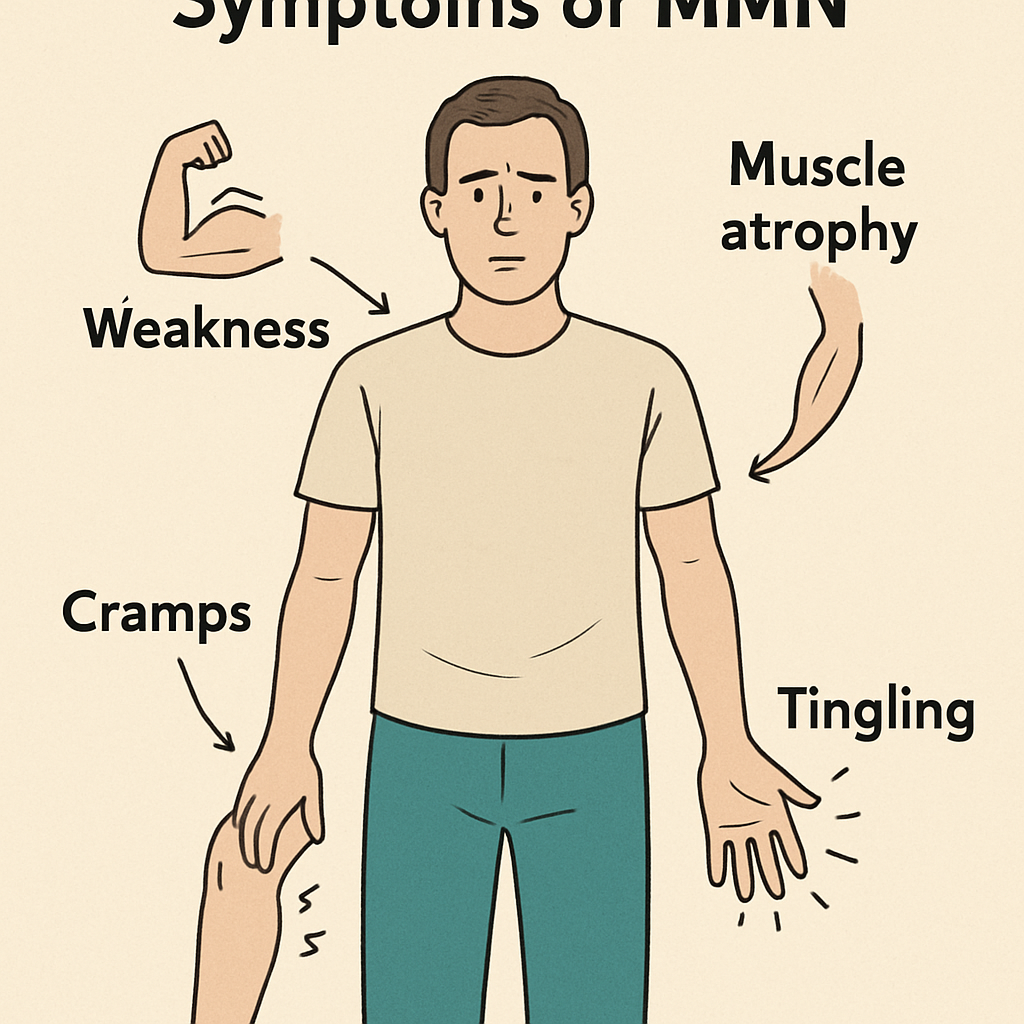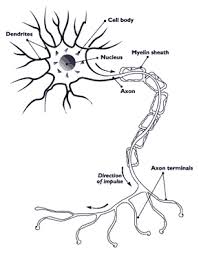When it comes to understanding medical conditions, clarity is crucial. One such condition that often raises questions is MMN, or Multifocal Motor Neuropathy. If you're looking for information on this topic, you've come to the right place. This article delves into the definition, symptoms, and significance of MMN, as well as its treatment options and the role of neuropathy footwear.

The Meaning and Full Form of MMN
MMN, or Multifocal Motor Neuropathy, is part of a group of conditions affecting the peripheral nerves. The term "multifocal" indicates that the disease affects multiple, distinct areas within the body. "Motor" refers to the type of nerves impacted, which are responsible for muscle movement. "Neuropathy" denotes a disorder involving the nerves. Therefore, MMN specifically pertains to a disorder affecting the motor nerves across various parts of the body.
Symptoms of MMN
Understanding the symptoms is key to identifying and managing MMN.
Common MMN Symptoms
- Muscle Weakness: The most prominent symptom, often starting in the hands, gradually spreads to the arms and potentially affects the legs.
- Muscle Atrophy: Over time, muscles may waste away due to lack of use and nerve stimulation.
- Cramping and Twitching: Patients might experience involuntary muscle contractions.
- Asymmetrical Weakness: The condition may not affect both sides of the body equally.
It's important to note that while MMN affects motor nerves, sensory nerves generally remain intact. Therefore, symptoms like numbness and tingling, common in other neuropathies, are absent in MMN.
 Causes and Diagnosis of MMN
Causes and Diagnosis of MMN
The exact cause of MMN is not fully understood, but it's believed to be an autoimmune disorder. This means the body's immune system mistakenly attacks its tissues, in this case, the motor nerves.
Diagnosing MMN
Diagnosing MMN involves a combination of clinical evaluations and specialised tests, including:
- Electromyography (EMG) and Nerve Conduction Studies: These tests measure the electrical activity in muscles and the speed of nerve signals.
- Blood Tests: To check for antibodies that might indicate an autoimmune response.
- MRI Scans: Used to rule out other conditions with similar symptoms.
Treatment Options for MMN
While MMN is a chronic condition, various treatments can help manage its symptoms.
MMN Treatment Approaches
- Intravenous Immunoglobulin (IVIg): This is the primary treatment, which involves infusing antibodies into the bloodstream to alter the immune system's response.
- Corticosteroids and Immunosuppressants: Occasionally used to manage symptoms by dampening the immune system's activity.
- Physical Therapy: Helps maintain muscle strength and mobility.
- Assistive Devices: Braces or splints may be recommended to support weakened limbs.
The Role of Footwear in Managing MMN
Footwear can play a significant role in managing MMN symptoms, particularly for those experiencing weakness in the legs. The right shoes can provide stability and reduce the risk of falls.
The Importance of Neuropathy Footwear
Neuropathy footwear is designed to support individuals with nerve-related conditions. For those with MMN, diabetic shoes or other specialised footwear can offer benefits such as:
- Enhanced Stability: Sturdy soles and supportive designs help maintain balance.
- Comfort: Soft interiors and roomy designs accommodate swelling or unusual foot shapes.
- Protection: Minimised seams and cushioned soles protect against pressure sores and injuries.
Living with MMN
Living with a chronic condition like MMN requires adaptation and proactive management. Here are some tips:
Tips for Managing Daily Life with MMN
- Stay Active: Regular, gentle exercises can maintain muscle strength and prevent atrophy.
- Healthy Diet: A balanced diet supports overall health and can help manage symptoms.
- Regular Check-ups: Routine medical visits ensure that any changes in symptoms are promptly addressed.
- Community Support: Joining support groups can provide emotional support and practical advice from others who understand the challenges of living with MMN.
Conclusion
Understanding MMN, its symptoms, and treatment options is crucial for managing this condition effectively. While MMN presents unique challenges, advancements in treatment and supportive care, including the use of neuropathy footwear, can greatly improve quality of life. If you or someone you know is experiencing MMN, consult a healthcare professional for personalised advice and support.
By staying informed and proactive, individuals with MMN can navigate their daily lives with confidence and resilience.









